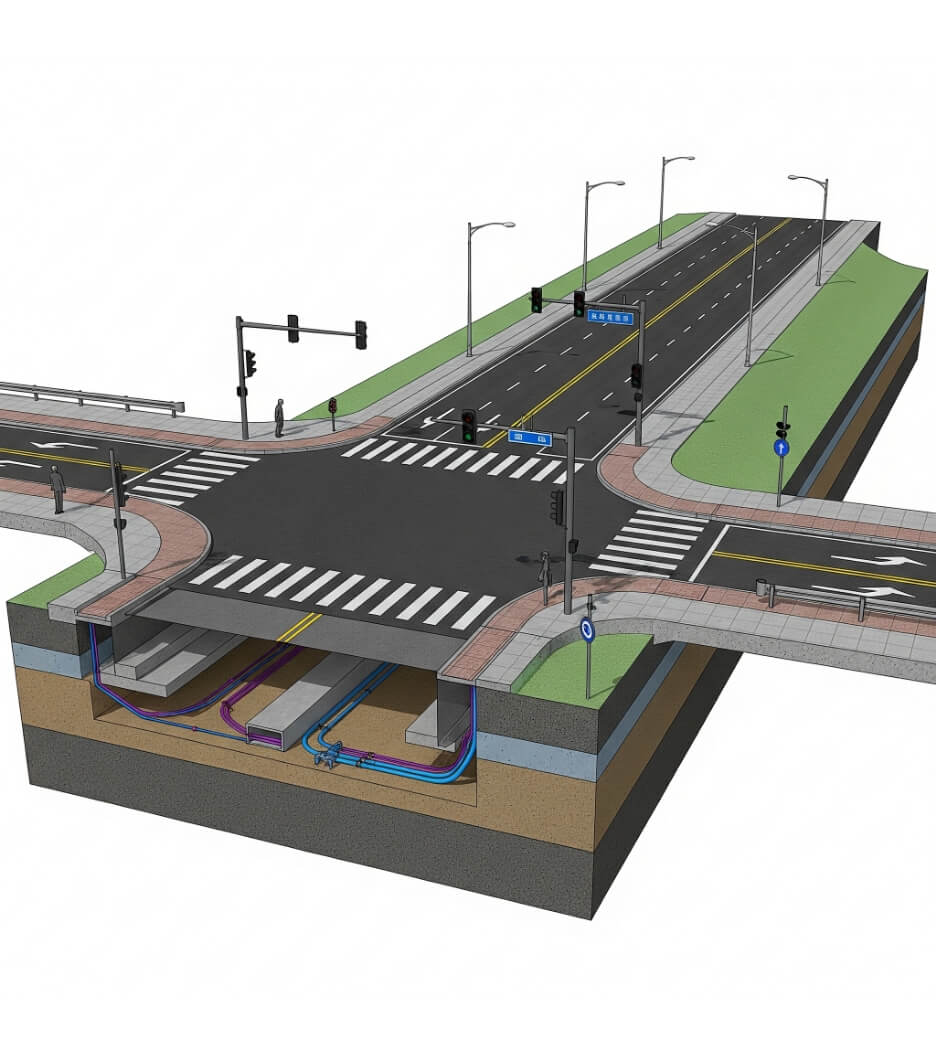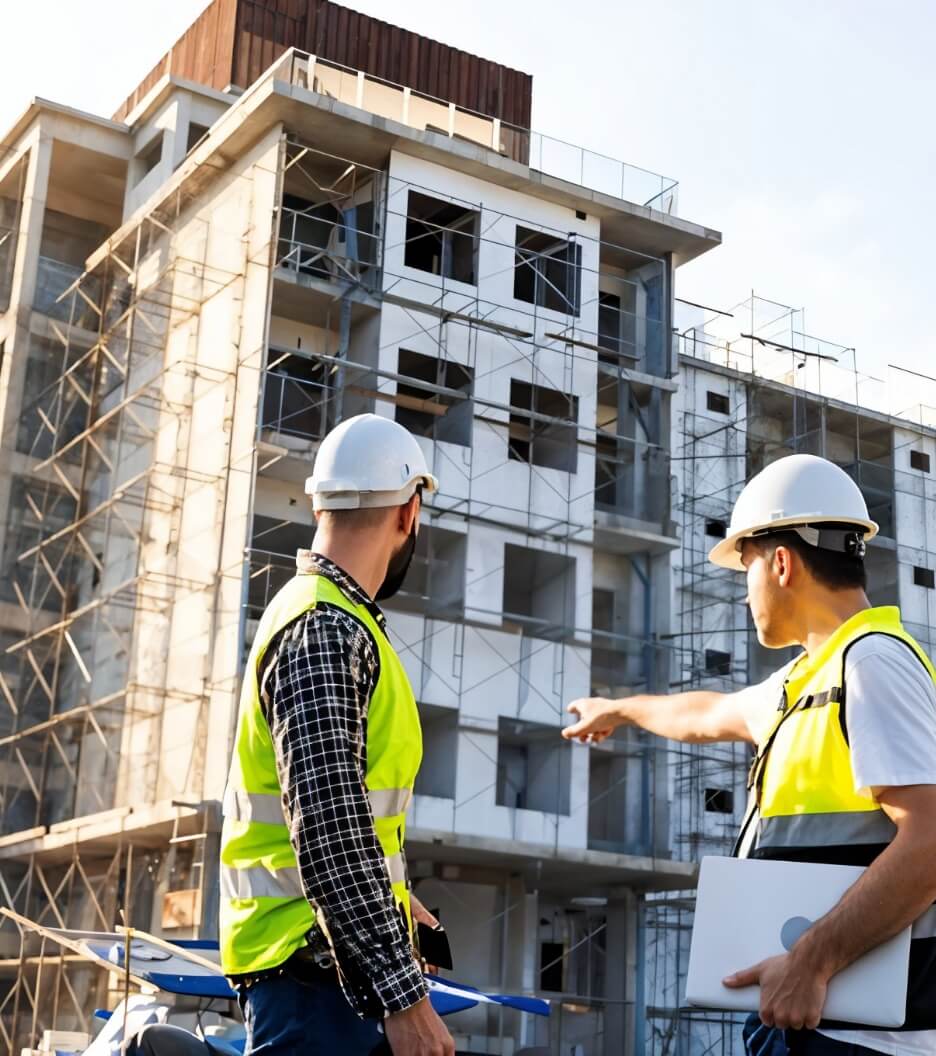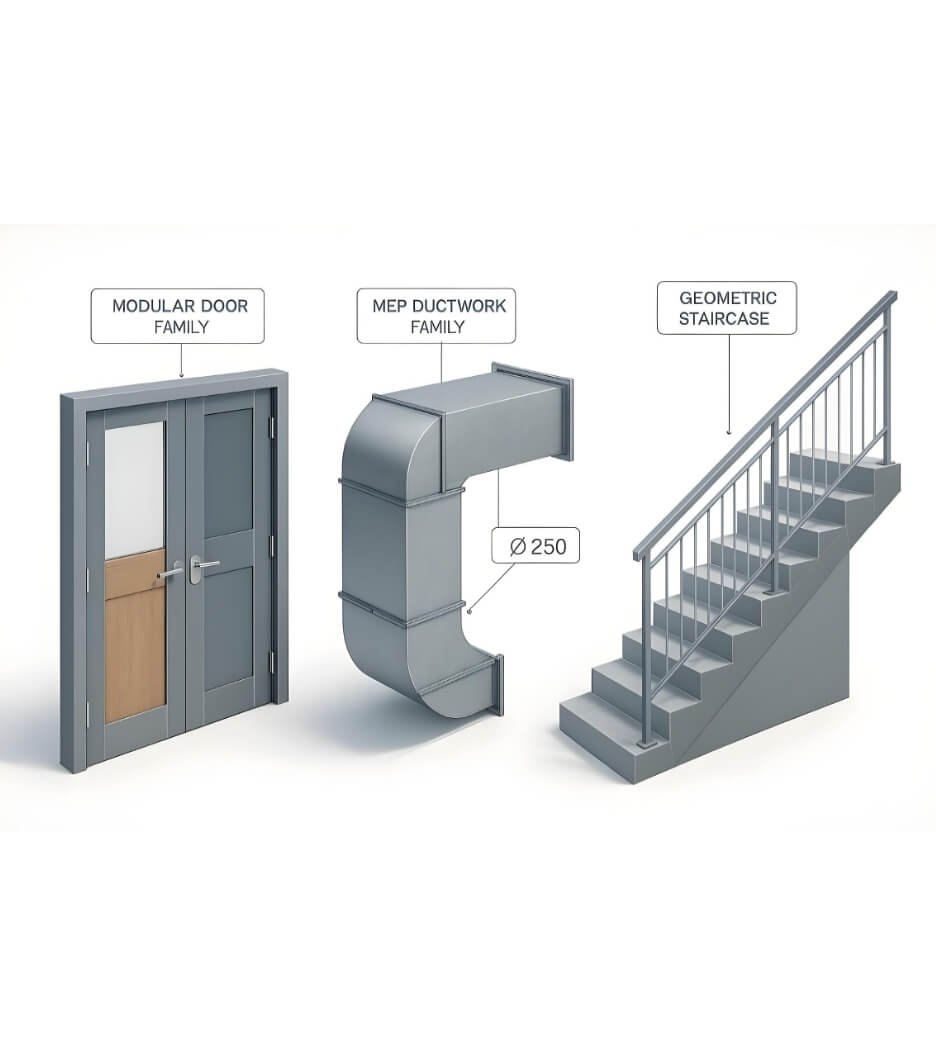 Parth Patel
Parth Patel
Top 8 Innovative BIM Trends Will Shape the AEC Industry Future
 Parth Patel
Parth Patel
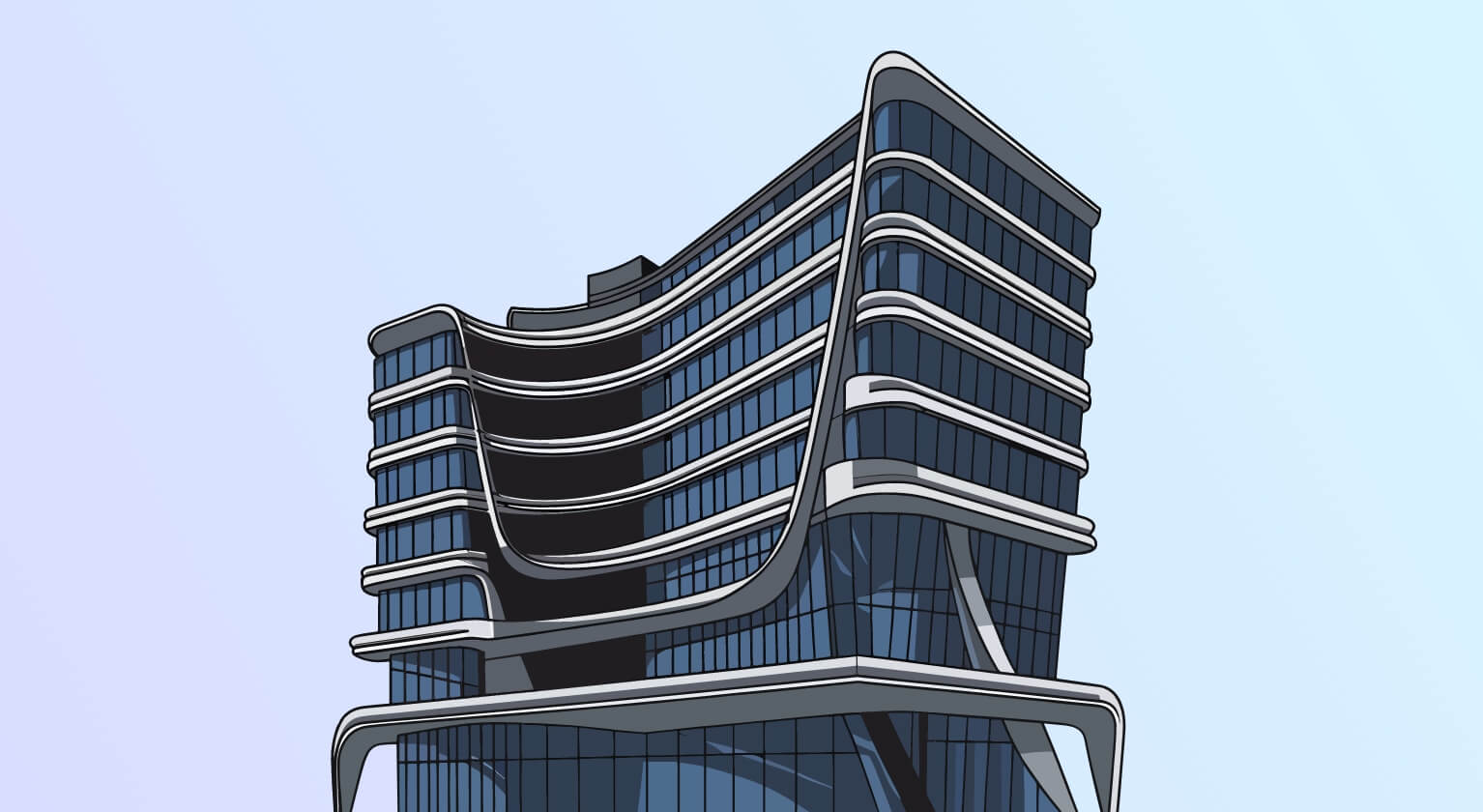
Send Us Your Requirement
There was a time when the construction process involved pen and paper. However, over a period of time and with advancement in technologies, pen and paper was replaced by Building Information Modeling. With time, BIM technology has revolutionized the AEC industry with higher efficiency, accuracy, and easier way of work. The primary goal of using BIM services is to improve the project performance and enhance the construction at the maximum level of accuracy. Not only this but building information modeling allows AEC professionals to collaborate and communicate better easily. As a matter of fact, the BIM market is valued at USD 7.9B and is estimated to grow at USD 15.0B with a CAGR of 13.7%.
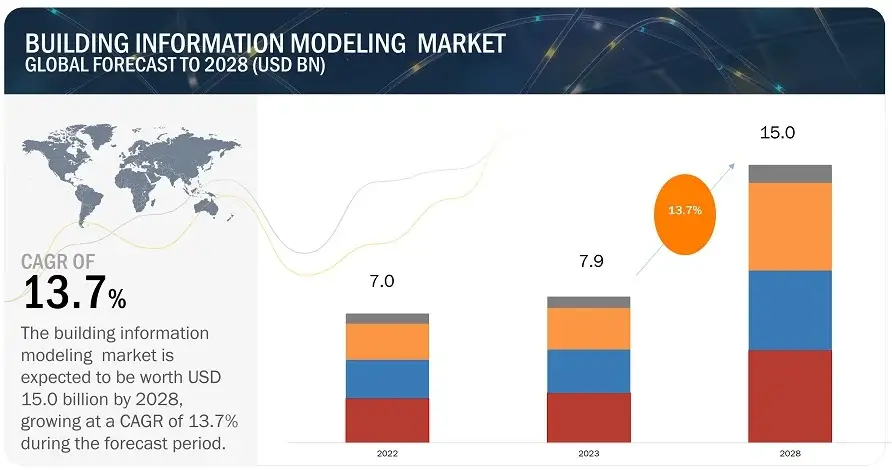
With the growing market size of BIM modeling services, it is now considered one of the most significant technologies used in the AEC industry. With BIM services, the complex construction process is simplified and is a step towards a more sustainable future in the AEC industry. BIM helps reduce wastage during construction and allows collaborators to utilize all the resources at the maximum level.
However, what is the future of the construction sector ? or how building information modeling will enhance the AEC industry?
To answer these questions firmly, let’s explore the top innovative BIM trends that will affect the architecture industry.
Top innovative BIM Trends
Prefabrication and modular designs
BIM model sharing on the Cloud
3D Printing
Digital Twin
Internet of Things (IoT)
Augmented reality (AR) and virtual reality (VR)
Laser Scanning
Sustainability – Green Buildings
Prefabrication and modular designs
Prefabrication is the first step in modular assembly, which begins with the design and fabrication of building elements off-site in a factory or workshop. BIM services are at the heart of many advances in modular assembly. Prefabrication begins with the creation of building elements off-site in a factory or workshop. While the construction industry has struggled recently, prefabrication and modular building have grown in popularity to address safety and productivity concerns. Prefabrication is the off-site fabrication of building components customized to the project’s requirements. Modular construction, on the other hand, involves standardized construction modules such as a factory-fitted toilet or a dorm room.
BIM model sharing on the Cloud
Cloud-BIM or BIM model sharing on the Cloud is the new advancement in BIM technology to fight against its standalone nature. Putting BIM on the Cloud allows anyone in any location at any time to access project information. B. Autodesk released BIM 360, its construction management software that allows architects, engineers, and project stakeholders to collaborate in a centralized online workspace. Cloud BIM improves communication and collaboration amongst numerous project team members by giving them a platform for real-time communication.
3D Printing
In the AEC industry, 3D printers are used to create a 3D digital model or prototype of construction components. Because 3D-printed buildings utilize fewer materials, they are less expensive than traditional production. 3D printing may one day help prefabrication and modular structure. Many construction standard bodies and standards are opposed to the use of this technology because it is not considered a construction approach.
Digital Twin
A digital twins algorithm for construction purposes is a digital representation model developed to replicate a natural physical system or object. While three-dimensional information has been employed in the construction industry for some time, fulfilling DTs may be the most critical factor in conducting more economical projects. Buildings can be fully integrated into their surroundings thanks to digital twins. This virtual tool could benefit development projects requiring high-site traffic, such as stadiums or shopping malls. Many construction organizations are expected to have implemented some form of DTs by 2023 to reduce costs and avoid problems before they occur.
Internet of Things (IoT)
The Internet of Things is a tool that embeds a sensor in an object or machine component to monitor its operating state. IoT devices aid in real-time data retrieval, and their integration with BIM opens up a vast network of applications for improving operational and construction efficiencies, with its updated data flow and usages of cloud technologies like ABB Switch Range Configurator and Rexel Wholesale Connector, IoT sensor networks and BIM model integration speed the designing process. IoT technology also impacts and facilitates facilities management, prefabrication, logistics, and health and safety management.
Augmented reality (AR) and virtual reality (VR)
Augmented reality (AR) and virtual reality (VR) are prevalent in construction. AR uses mobile and 3D models to place the proposed 3D model or design in real-world surroundings. VR creates a virtual representation of the physical world or real-world environment. These slashing technologies help create and display a 3D Revit model in building and architecture floor Plans. The correct presentation of BIM data aids in space planning, design analysis for clash detection between MEP sections or any other aspect, fluid communication between the design and construction teams to reduce frequent change orders, and even the prefabrication of building components.
Laser Scanning
In construction, 3D laser scanners are commonly used for various rehabilitation, retrofit, or conversion projects. Scan to BIM gathers scanned data from a real-world location in a point cloud using laser scanners and turns it into a 3D model. 3D laser scanning is employed in various sectors, including archaeology, civil engineering, and the (game) business. The applications for 3D laser scanning are nearly limitless. Laser scanning is ideal for three-dimensional tunnels, bridges, facade architecture measurements, archaeological documentation, piping modeling, volume measurements, and other applications.
Sustainability – Green Buildings
Energy modeling or energy analysis is a virtual simulation of a building based on numerous criteria such as energy consumption, interior environmental quality, utility bills, annual CO2 emissions, and cost projection for electrical equipment used for air conditioning, hot water, lighting, etc. It also involves examining and comparing various green energy sources such as solar panels, wind turbines, photovoltaics, and other high-efficiency appliances. Post-load design energy modeling determines the amount of cooling or heating energy required by the system and structure.
Explore the Futuristic Technologies of BIM services
Contact Us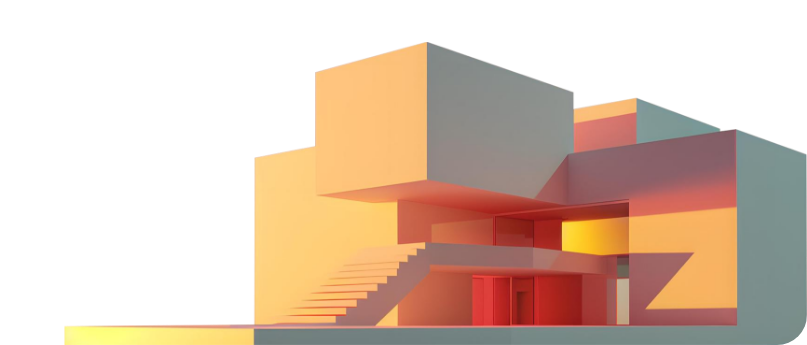
Conclusion
The construction market is in good shape for the balance this year and next. We already see increased automation through digital technologies such as drones, 3D printing, and nanotechnology. Innovative technology is also becoming a need rather than a luxury for businesses and homeowners. These technologies will proliferate with the Internet of Things, notably in intelligent kitchens and bathrooms. Further, with the help of AI and BIM in construction, The AEC market is estimated to increase at a CAGR of 15.20% during the forecast period of 2023-2028, aided by the incorporation of artificial intelligence (AI) in BIM software. By 2027, the market will be worth approximately USD 7.6 billion.
